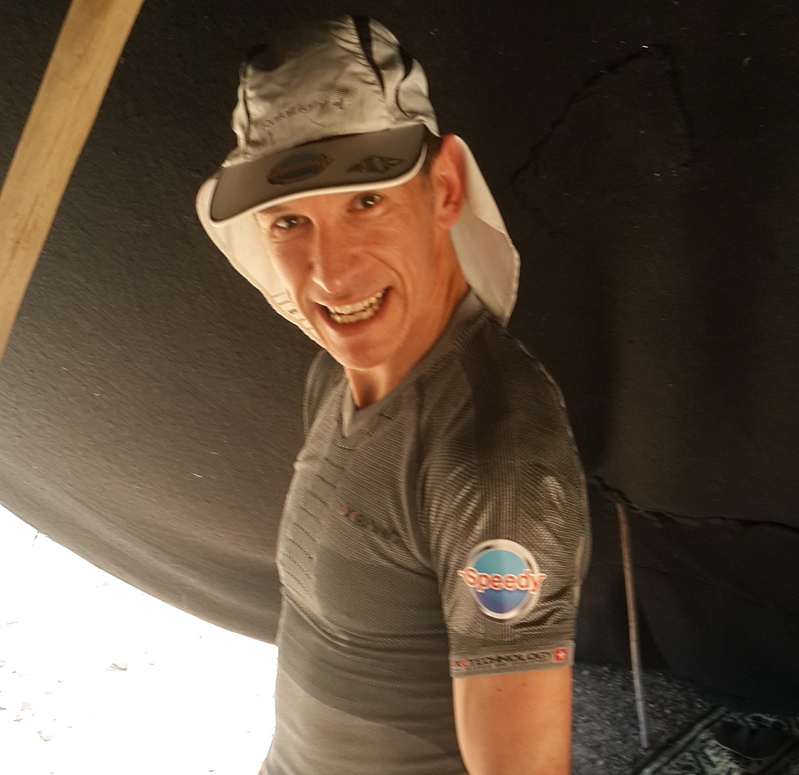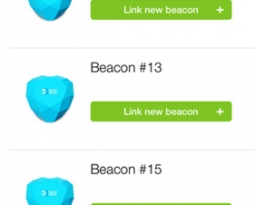
Ultramarathons, foot races that can last for days or extend over 100 km, require absolute dedication from athletes that hope to participate. That being said, the sport is quickly expanding from a hardcore test for lifetime runners into a mainstream event with a passionate international community. We sat down with French ultramarathon runner Gil Catherine to discuss the sport, his preparation process and how technology is impacting the experience for runners and fans alike.
Would you tell me a bit about yourself and your history as an Ultra Trail Athlete
Certainly. My name is Gil Catherine. I started running ultramarathons last year when I participated in the Marathon des Sables, a trail that cuts through the Sahara Desert. I wanted to challenge myself and push my body to the limit, so a race spanning 238 km in over 37 degree Celsius weather seemed like the right fit. I ended up finishing #43, which surprised me, considering it was my very first event and I was not expecting to finish in the top 50. After that experience, I thought, "Why not run another?"
Are you participating in any Ultra Trail events in 2016?
I am. My goal is actually to earn an international ranking in the sport, so I am participating in three races this year. First is the Hong Kong Vibram at the end of January, followed by the Ultra Trail on Madeira Island in Portugal in April and the La Diagonale des Fou on La Reunion Island in October. It's a long road to run, so to speak, but I'm looking forward to the challenge.
What challenges can you expect from the Hong Kong ultramarathon? Could you share your training regimen?
The race will cover a distance of 100 km, and participants will have to adapt to altitude changes of 4500 m. The course itself will cover a lot of rocky, uneven terrain, so I'll have to stay focused if I don't want to hurt myself. It's very important to stay hydrated as well.
As far as my training regimen goes, I try to run at least 150 to 180 km each week in preparation. Nutrition is important too. My diet includes plenty of spirulina for protein, acai berries for recuperation and raw cacao for vitamins and antioxidants.
"One technology that is really standing out is wireless beacons."
Which emerging technologies are having an impact on ultramarathons?
One technology that is really standing out is wireless beacons. By setting up these Bluetooth transmitters along the course, race officials can track all sorts of information about the event and participants in real time. It's really a wonderful tool for safety and making sure no one gets lost along the way. Beacons also make it easier to keep track of the entire event digitally by setting up checkpoints along the course. I'm sure this is a big load off, concerning logistics, for race officials.
Do you envision beacons becoming a major part of competitive running events like ultramarathons?
Absolutely. Especially as the Ultra Trail World Tour gain more notoriety and starts to attract larger audiences. These beacons could be used to help the crowd keep track of their favorite racer throughout the competition. If I do well enough in 2015, maybe they will be using these beacons to keep an eye on myself!
Participants are also required to carry smartphones with them at all times, so I imagine beacons could be used to send messages to racers during the ultramarathon. Runners could also keep track of their on progress, perform safety check-ins or maybe post pictures of themselves to the event website. The possibilities are really endless. I'm looking forward to seeing how the technology will help the sport to grow.








